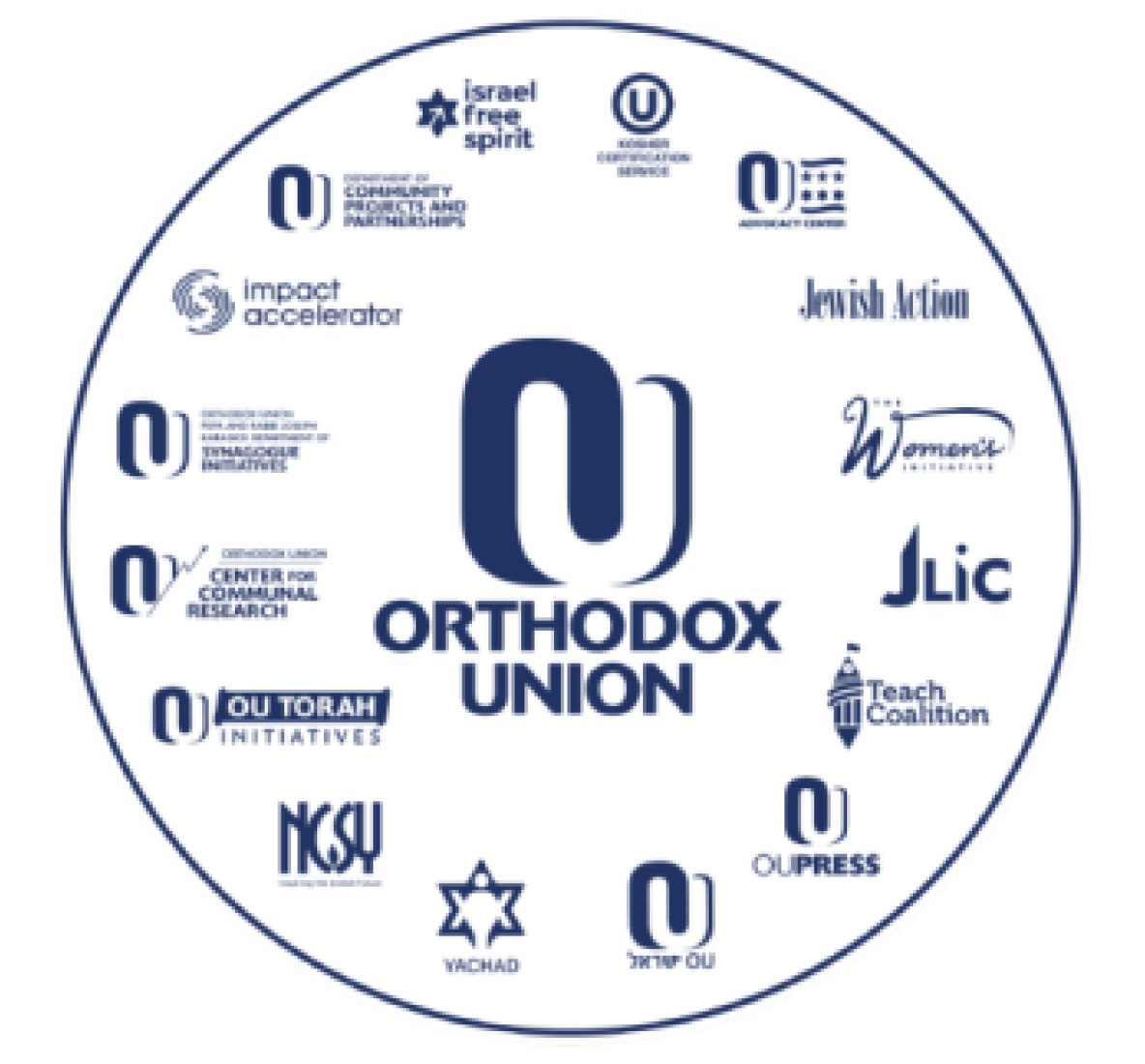Vayikra Answers:
1) Korban Olah. (1:9)
2) To perform melikah, which is a process the kohen performs on a bird brought as an Olah where the kohen slaughters the neck of the bird using his fingernail and then squeezing out the blood onto the wall of the mizbeyach. (1;15)
3) Kemitza. (2:2, Rashi explains how exact this procedure must be)
4) Salt. (2:13)
5) Two. (5:15, Rashi)
6) Oil and levona. (5:11)
7) A Mincha offering cannot contain honey or other sweet additives. (2:11, Rashi)
8) Asham. (5:21-26; For example, someone lied to his friend about a debt owed etc.)
More Challenging Questions: From Rashi
9) 1. When we offer this sacrifice, it brings “shalom” (peace) into the world.
2. There is peace among the one who brings it, the Kohein, and the “Mizbeyach”, because they all receive a portion. (Rashi 3:1, See Ramban)
10) An unintentional transgression of a negative commandment that would have resulted in a punishment of Kares had the person done the action B’maizid (intentionally). (Rashi 4:2)
11) Shechitah (slaughtering). However, Kabbala (receiving), Holacha (walking with blood) ,& Zerika (sprinkling) must be performed by a kohen (Rashi 1:5)
12) The leader brings a male animal and everyone else brings a female animal. (4:22-32)
13) Minchas HaOmer, which is called a Minchas Bikkurim in the possuk. (Rashi 1:17)
14) He brings a unique type of Korban chats called a Korban Olah V’yored (Variable offering). The requirement of what exactly to bring depends on what the sinner can afford. If he has the means he should bring a sheep or goat but if he cannot afford that then he brings 2 doves/turtledoves. If the sinner is truly destitute and cannot afford even the bords then he just brings a mincha flour offering. (5:1-15, Rashi)
Answers to Pekudei Bonus Questions
1) Which important element of the Kohen Gadol’s clothing is missing in Pekudei but was mentioned in Tetzaveh?
The Urim V’tumim. The Ramban (28;30) points this out and uses this to prove that Urim V’tumim was not meant to be made by Moshe, since in Vayakel-Pekudei is where Moshe actually made all the things for the Mishkan, but rather it was provided by Hashem.
2) What connections are there in the parsha to Megillas Esther? (2 answers)
1. The Parsha discusses the various bigei kahuna (garments of kohen). The gemara Megillah 12a says that Achashverosh wore the bigei kahuna & used the holy vessels that were taken from the Beis Hamikdash at his feasts.
2. תרשיש is the name of one of the 12 stones of the Choshen. One of the 7 close advisers of Achashverosh was named תרשיש . (Esther 1:14; See Kli yakar 28:39 who explains these connections)
3) Which parsha in Sefer Shemos does not mention fire (אש)? Can you name one example of fire in each of the other parshios?
Shemos: The burning bush (3:1)
Va’eira: The fire of Barad (9:24)
Bo: The fire of Korban Pesach
Beshlach: The pillar of fire
Yisro: Hashem’s fire on Har Sinai. (19:18)
Mishpatim: Damages of property with fire (22:5, 24:17)
Tetzaveh: The burning of unique Korban Chatas (29:14)
Ki Sissah: Moshe burned the Eigel Hazahav & ground it (32:20)
Vayakhel: We can’t kindle a fire on Shabbos (35:3)
Pekudei: The pillar of fire will be with Bnei Yisrael at night (40:3)


